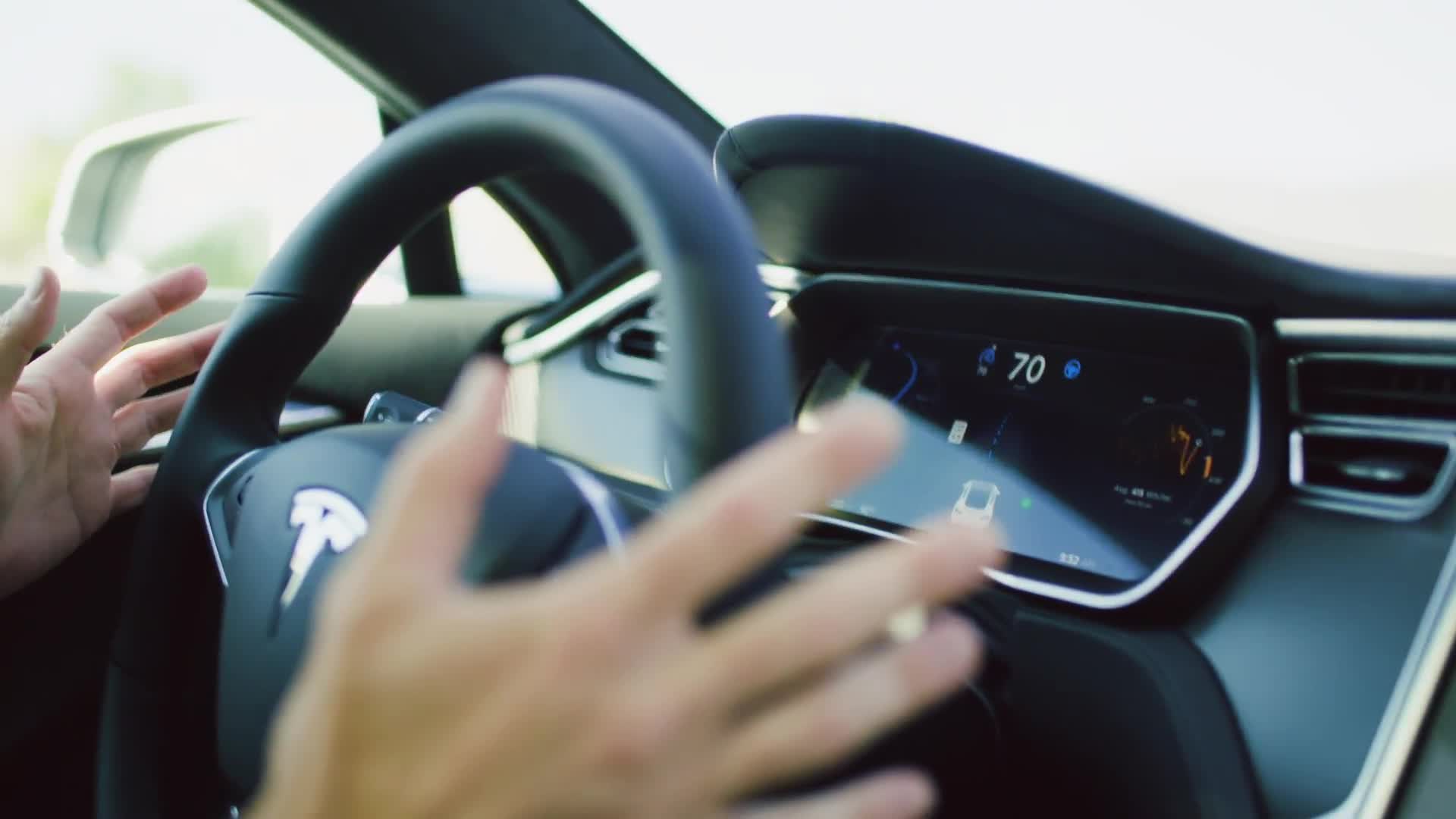Safety should always be a top priority for drivers as well as pedestrians. However, despite strict regulations and several safety campaigns, the number of motor vehicle accidents continues to rise. In fact, 2015 witnessed the biggest one-year percentage increase in road accidents in the United States in the last five decades. Motor vehicle fatalities jumped eight percent in 2015 compared to 2014.
However, several cutting-edge technologies have emerged in the last decade that may be able to save thousands of lives. From detecting blind spots to identifying restricted cellular access, these technologies can provide car occupants with extraordinary safety benefits. If you haven’t joined the cutting-edge automobile safety revolution already, today is the day.
The following six high-tech car safety technologies can keep you out of trouble:
- Advanced Collision Avoidance Systems
Advanced Collision Avoidance Systems use highly sensitive motion sensors to determine if your car is in danger of colliding with another vehicle. The system can detect the presence of an obstacle in your vehicle’s path such as other vehicles, pedestrians, animals, and various roadway obstructions. The system sends audio and visual signals to the driver when it detects potential danger of collision. More advanced systems, on the other hand, automatically perform the necessary maneuvers to avoid the collision. These systems can activate the collision mitigated braking system and apply tension to the seat belts, among other things. - Cell Phone Suppression Technology
Distracted driving is a leading cause of road fatalities in the United States. Every day, over eight people are killed and 1,161 injured in road crashes involving a distracted driver. Unsafe mobile use behind the wheels has become a national concern as it almost always results in distraction. Cell phone suppression technology restricts the use of cellphones while driving. The driver is unable to send text messages, make or receive calls, check emails, and much more. Some technologies also store text messages, phone calls, and emails received during the drive to the cloud. You can retrieve these when you arrive at your destination.This technology can prevent you from hitting other vehicles. However, you may still get injured in an accident involving a distracted driver who was using a cell phone. The victims of such tragedies have the legal right to file cellphone injury claims against the responsible parties. They can get financial compensation for the injuries sustained in the accident. - Driver Drowsiness Detection System
Drowsy driving is estimated to cause over 100,000 road crashes in the United States annually. It leads to 1,550 deaths, 71,000 injuries, and monetary losses amounting to $12.5 billion. In the wake of these alarming statistics, it is necessary to install a reliable drowsiness detection system that alerts the driver before a mishap happens. The system uses a variety of technologies, including infrared cameras, face-recognition software, and lane-departure warning sensors.In some of the systems, the infrared cameras, along with face-recognition software, scan the driver’s face for facial expressions indicating sleepiness. Other types of systems use lane-monitoring sensors and an onboard computer for creating the driver’s driving profile. The computer then uses the sensors for real-time analysis of the profile. It alerts the driver if there is any change in the regular driving patterns. - Tire Pressure Monitoring System
Tire Pressure Monitoring System (TPMS) warns you if at least one of your tires is underinflated and may result in unsafe driving conditions. Thanks to the TREAD Act, if you own a vehicle manufactured after 2006, you have a fully functional TPMS installed in it. In fact, most automobile manufacturers have made it standardized equipment on all models. The system sends an audio or a visual signal to the driver. Most cars have an indicator light on the dashboard instrument panel in the shape of a tire cross-section with an exclamation point. If the air pressure in one of your tires is low, the indicator starts blinking. - Lane Departure Warning Systems
The purpose of the Lane Departure Warning System is to warn you if your vehicle changes lanes accidently. The system sends a signal if it senses that the vehicle is drifting. Even the simplest lane departure warning systems can save you thousands of dollars in crash repairs. There are primarily two types of systems. The first is a simple system called Lane Departure Warning (LDW) system. It sends audiovisual signals to the driver so that he/she can take corrective action to avoid hitting another car.The second type of system is known as a Lane-Keeping System (LKS). LKS systems are more proactive than LDWs. They are capable of performing corrective maneuvering to avoid drifting. If the driver fails to respond to the initial warning, the LKS system takes over to stop the vehicle from running off the road. - Blind Spot Detection System
Blind Spot Detection Systems is a short-range detection system. It warns you if another vehicle or object enters the blind spots of your car. As drivers are unable to see the blind spots of their vehicles, this system can prove extremely useful when driving or even parking. These systems rely on infrared sensors as well as cameras for monitoring the blind spots. They detect the presence of another vehicle, a pedestrian, or even an animal. Upon detecting an object moving into your blind spot, the system can sound an alarm, or cause the seat or steering wheel to vibrate to warn you of potential mishap.
Road safety has become a national concern as thousands of Americans die and many more get injured in motor vehicle crashes every year. Unfortunately, in most cases, drivers are responsible for causing an accident. However, automobile manufacturers are building new pioneering technologies to minimize driver’s error. The above six front-line technologies will prevent you from making choices that may lead to a catastrophic mishap.
















No Comments
Leave a comment Cancel